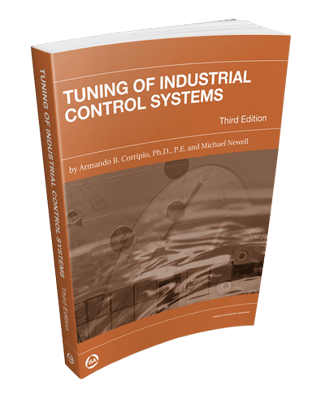AutoQuiz is edited by Joel Don, ISA's social media community manager.
This automation industry quiz question comes from the ISA Certified Automation Professional (CAP) certification program. ISA CAP certification provides a non-biased, third-party, objective assessment and confirmation of an automation professional's skills. The CAP exam is focused on direction, definition, design, development/application, deployment, documentation, and support of systems, software, and equipment used in control systems, manufacturing information systems, systems integration, and operational consulting. Click this link for more information about the CAP program.
Which choice is NOT a major advantage of using cascade control?
a) Any disturbances that affect the slave variable are detected and compensated for by the slave controller before they have time to affect the primary control variable.
b) The controllability of the outside loop is improved because the inside loop speeds up the response of the process dynamic elements between the control variable and slave variable.
c) Nonlinearities of the process in the inner loop are handled by that loop and removed from the more important outer loop.
d) It can further improve the performance of loops that are already very controllable.
e) None of the above
The correct answer is D. Cascade control does very little to improve upon control loops that were previously stable. Examples are liquid level and gas pressure control loops.
Reference: Corripio, A.B, Tuning of Industrial Control Systems, 3rd Edition.
About the Editor
Joel Don is the community manager for ISA and is an independent content marketing, social media and public relations consultant. Prior to his work in marketing and PR, Joel served as an editor for regional newspapers and national magazines throughout the U.S. He earned a master's degree from the Medill School at Northwestern University with a focus on science, engineering and biomedical marketing communications, and a bachelor of science degree from UC San Diego.
Image Credit: Wikipedia





